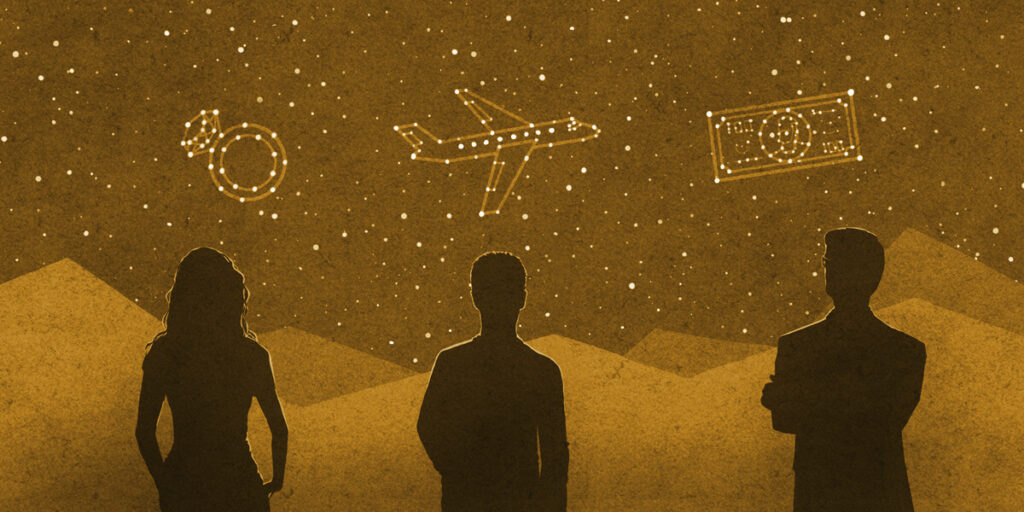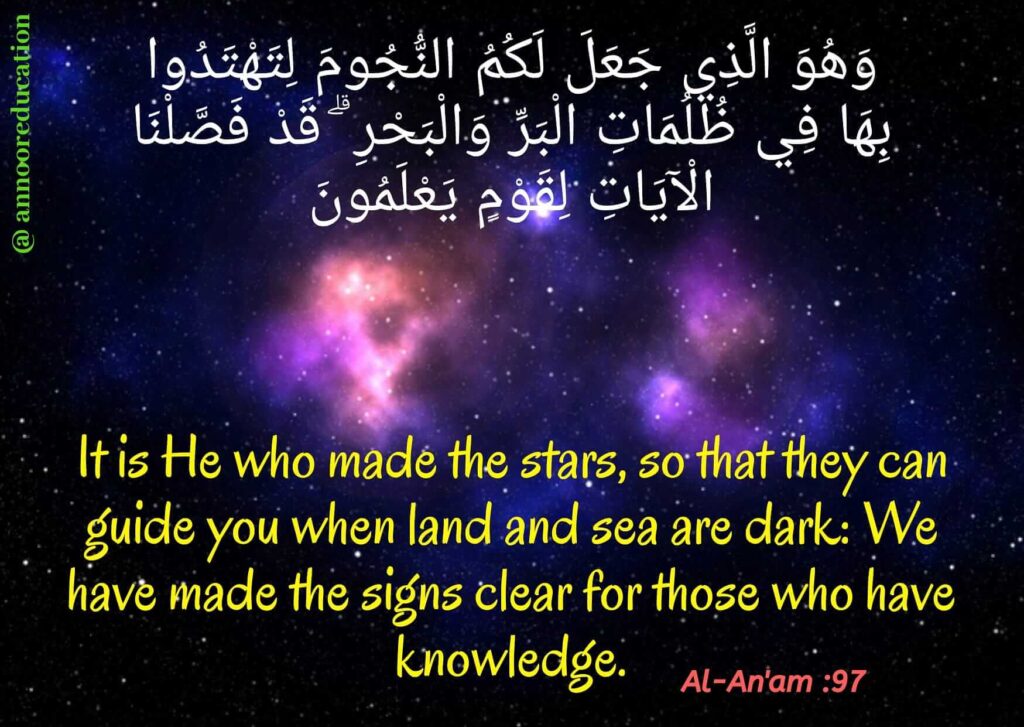
The Dresden Codex of the Ancient Mayan Culture is perhaps the most mysterious book on the planet. It explains the secrets surrounding star constellations, the passage of time, and fate itself. The codex was produced over a millennium ago and helped people prepare for farming, rituals, and even personal fate. In fact, scientists today continue to rewrite ancient star charts for potential connections to modern scientific knowledge of Astronomy. So, let us assess five specific star secrets guiding ancient lives and fate.
1. The Stars as Controllers of Human Fate
The Mayan peoples viewed these stars as significant controllers of fate. Constellations defined seasons, harvests, and verbalized beliefs, utilizing the heavens to define personal fate. Also, they incorporated cycles of celestial bodies such as the planet Venus, the Moon, and the solar cycle to build calendars.
Scientific Research Today
Astronomers confirm that planet Venus tracks a cycle of 584 days, which is what the Mayans measured with uncannily precise consistency. Also, psychology tells us that humans feel better and have better mental health when they experience life in stages and feel like they can plan. Thus, their calendar increased not only farming-specific information but also longevity of mental health.

Qur’anic View
The Qur’an: Surah Yunus (10:5): “It is He Who made the sun a shining glory and the moon a light and measured out stages for it, that you might know the number of years and the count of time.” He measured the time. Destiny is purely for Allah.
Do You Know? With this being said, the document “Dresden Codex “can still accurately predict an eclipse of the sun, for example.
Read more: The Enuma Anu Enlil: Unsolved Omens
2. Venus and the Power of Change
The Codex contains meticulous observations of planet Venus. To the Mayans, Venus represents change, death, and rebirth, and its movement connects to wars, marriages, and royal decisions.
Modern Scientific Research
Venus appears with dramatic rising and setting and can easily be observed. The Mayans observed with such attentiveness that they were only off by a couple of hours across centuries in their calculations. Psychology informs us that humans will frequently attempt to link personal change with cosmic events. So, the natural signs often encourage and contribute to feelings of fear or hope.
Qur’anic Perspective
The Prophet ﷺ said, “There will be among my Ummah a group of people who will use them as omens from the stars, and they will not be of me.” (Ibn Majah). While Islam forbids using stars to foretell the future, it encourages us to reflect on the greatness of Allah through creation. Also, did You Know?
The Mayans tracked Venus more accurately than many medieval European astronomers.
3. Eclipses and the Enigma of Human Fear
There are eclipse tables in the Codex. The Mayans interpreted eclipses as signs of imminent danger or divine retribution.
Modern Scientific Study
In scientific terms, eclipses are shadows along orbital paths. NASA validates that the Codex predictions of eclipses are accurate for centuries. According to Psychology, sudden darkness triggers a fear response deep in the human brain.

Qur’anic Point of View
As narrated, during the solar eclipse, the Prophet ﷺ prayed in the mosque and said: “The sun and the moon are two of the signs of Allah; they are not eclipsed for the death of anyone, but Allah frightens His slaves through them.” (Bukhari). Eclipses are signs of reminders from Allah for mankind, and not signs of punishment. Interesting Fact
So, The Dresden Codex is the oldest manual the world recognizes for predicting eclipses.
4. Celestial Bodies and Agriculture
For the Mayans, the stars served as a roadmap for the agricultural landscape. The Codex shows when to plant and harvest corn.
Modern Scientific Evidence
Modern agricultural science has confirmed stars can be reliably used to communicate a shift in seasons. There are farmers today who still use the positioning of constellations. Psychological evidence suggests that we can sustainably reduce stress levels by adhering to a cycle-oriented time, which can increase confidence in sustainable outcomes for farmers’ livelihoods.
The Qur’anic Perspective
The Qur’an says: “And it is He Who made for you the stars that you may be guided by them through the darkness of the land and the sea.” (Surah Al-An’am 6:97). This process of using stars is understood as guidance, rather than the stars themselves being guides.
Fun Fact:
Farmers in Africa and Asia still watch stars such as the Pleiades to determine the timing of planting seasons.
5. Astrology, Fate, and the Illusion of Control
The Mayans believed that being born under a star influenced a person’s character and future. This returns us to astrology in some aspects.
Modern Scientific Research
Psychologists describe how human beings find purpose in randomness. Even though the scientific basis of astrology is weak, ultimately, the Mayans derived comfort from it.
Qur’anic Point of View
The Qur’an says: “And He has subjected to you the night and the day, the sun and the moon, and the stars are subjected by His command. Surely, in this are signs for people who reason.” (Surah An-Nahl 16:12). The stars are signs of Allah, not fates.
Did You Know?
The Codex contained symbols similar to those of the zodiac that resemble astrological systems created later.
The Psychological Connection of Stars and the Human Spirit
Humans inherently have an upward orientation for meaning. Psychological research supports that looking at the stars can decrease stress and elevate your sense of wonder. Also, a study published in the Journal of Positive Psychology indicated that awe of the cosmos has positive effects on your mental health. So, the Mayans used star patterns without knowing it as a form of emotional therapy.
Stars According to the Qur’an
In Islam, stars are considered signs for beauty, guidance, and protection, but not as cosmic forces of destiny. The Qur’an states: “And certainly We have beautified the nearest heaven with stars, and We have made [these stars] missiles for devils…” (Surah Al-Mulk 67:5). So, in all cases, stars serving as ornaments and as signs are different from using them as divination agents for predicting fortune.

Conclusion: The Codex as a Cosmic Mirror
The Dresden Codex demonstrates how much early societies trusted the heavens. Also, it determined agriculture, rituals, safety, and individual fate. Current science may prove its validity, while psychology can illuminate the emotional experience of trusting the book above all else.
So, for Muslims, there’s a simple takeaway. The stars are a sign from Allah, not the rulers of fate. The Mayans saw fate in the stars; Islam teaches a believer’s fate, resting singularly in the hands of Allah.



Leave a Reply